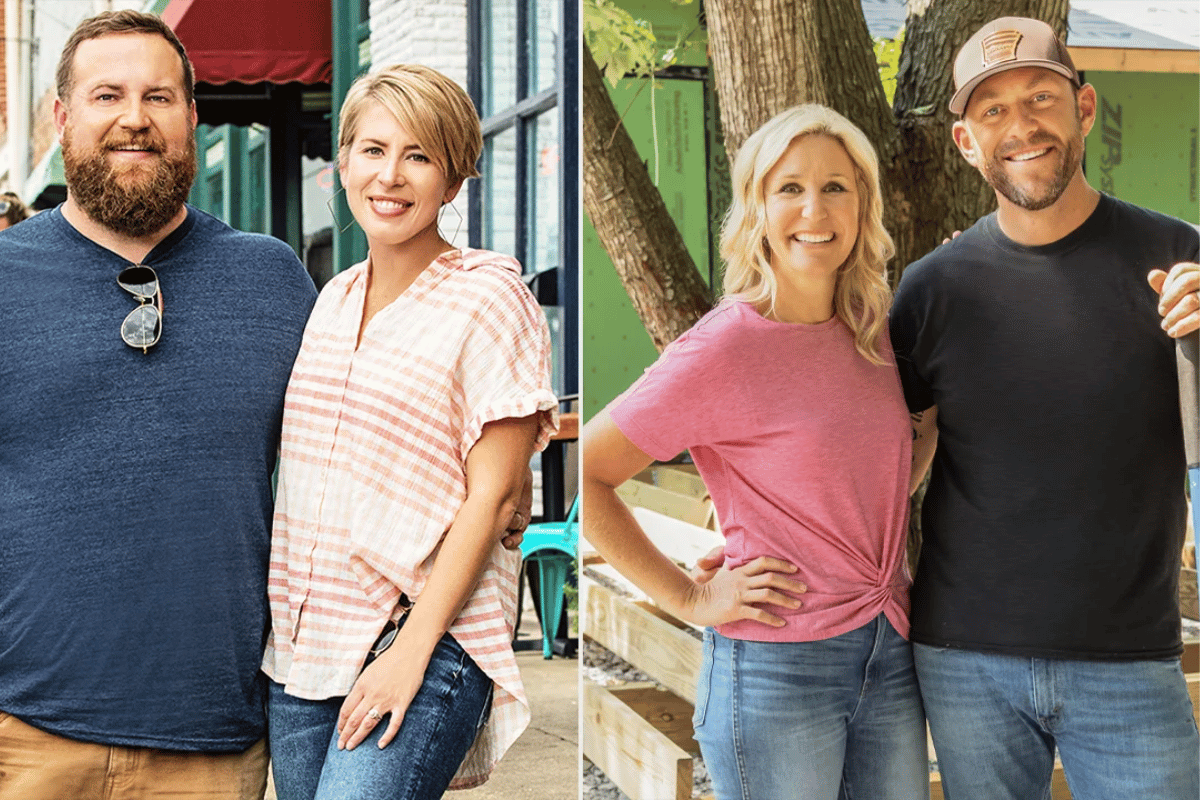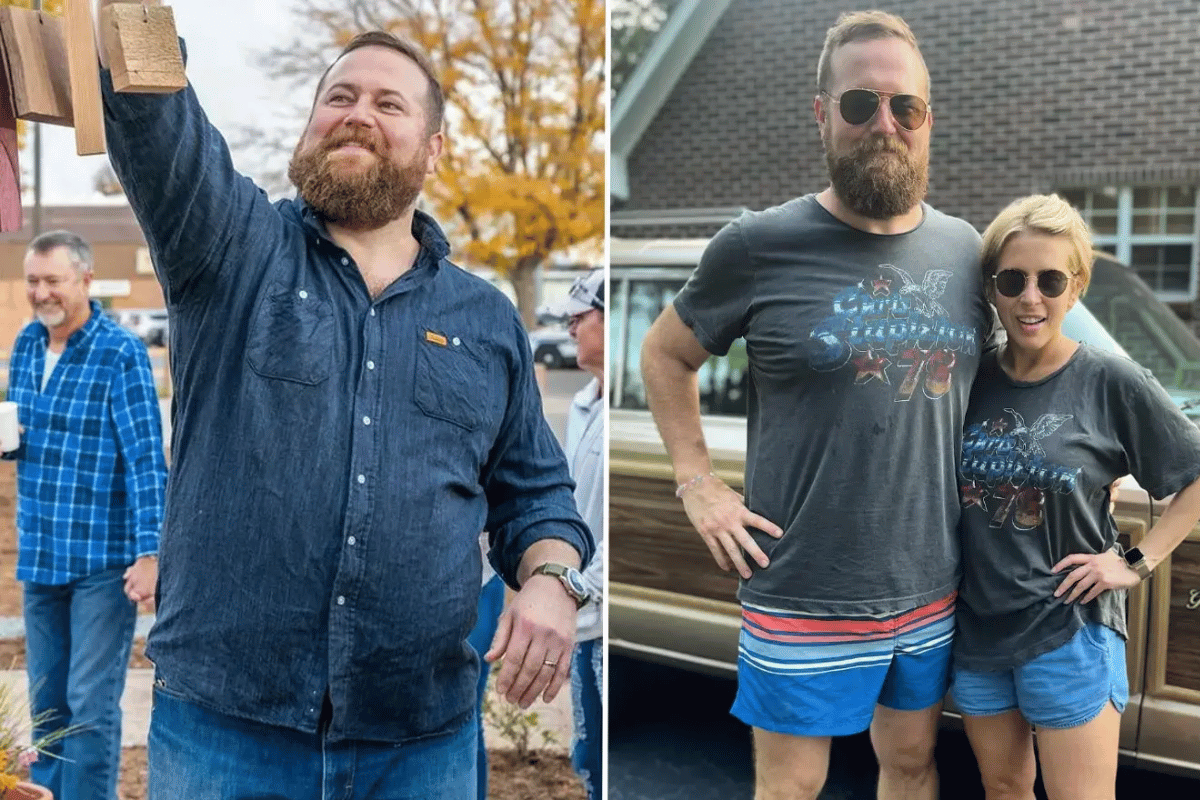In the ever-evolving world of design, a significant shift has been observed post-Christmas 2024 – a rising trend of health revolutions among designers. This newfound awareness goes beyond the mere concept of New Year resolutions; it’s a cultural shift towards wellness and physical health in the design community.
This transformation is not just a fad but a profound change in lifestyle, especially noticeable after the holiday indulgences. Designers, known for their creative prowess, are increasingly recognizing the connection between a healthy body and a vibrant mind. The emphasis is not only on aesthetics but also on the functionality and sustainability of a healthy lifestyle.
The impact of this health revolution is twofold. Firstly, it reflects a broader societal shift towards wellness, where physical health is no longer an afterthought but a primary goal. Secondly, it highlights the unique challenges and opportunities faced by creative professionals in maintaining their health. This trend underscores the idea that creativity doesn’t just stem from a brilliant mind but also from a well-taken-care-of body.
In the following sections, we’ll delve into specific stories, starting with Ben Napier’s remarkable weight loss journey, and explore how designers are revolutionizing their health, thereby enhancing their creativity and productivity.

Ben Napier’s Transformation: A Spotlight on Health and Creativity
Insight into Ben Napier’s Career and Influence in the Design World
Ben Napier, a renowned figure in the design world, has long been admired for his unique and impactful design philosophy. His work, characterized by a blend of traditional craftsmanship and modern aesthetics, has significantly influenced contemporary interior and furniture design. Napier’s approach to design, deeply rooted in a respect for heritage and a commitment to sustainability, has earned him a respected position in the design community, inspiring many aspiring designers worldwide.
Detailed Exploration of Ben Napier’s Weight Loss Journey after Christmas 2024
After the festive season of Christmas 2024, Ben Napier embarked on a personal weight loss journey that garnered much attention and admiration. His decision to focus on health was driven by a desire for a holistic approach to wellbeing, emphasizing the connection between physical health and creative output. Napier’s journey was not just about losing weight; it was about embracing a healthier lifestyle that included regular exercise, balanced nutrition, and mental wellness.
Napier’s approach to weight loss was methodical and sustainable. He worked with nutritionists and fitness experts to craft a regimen that was tailored to his body’s needs and his busy schedule. This journey was not just a quick-fix solution but a transformative lifestyle change. He openly shared his progress and challenges, becoming an inspiration for many in the design community who struggle with maintaining a healthy balance in their demanding careers.
The Interplay between Creative Energy and Physical Health
The transformation in Ben Napier’s physical health had a profound impact on his creative energy. There’s a strong correlation between physical wellbeing and mental clarity, and this was evident in Napier’s work post his weight loss. He reported feeling more energetic, focused, and creatively vibrant, which was reflected in his more recent design projects. This period marked some of his most innovative and critically acclaimed work, highlighting how a healthy body can significantly enhance creative thought processes.
Napier’s journey underscores the importance of physical health in the creative industry. It serves as a powerful reminder that nurturing one’s health can lead to enhanced creativity, productivity, and overall quality of life. His story is a testament to the fact that personal wellbeing and professional success are deeply interconnected, especially in fields that demand high levels of creativity and innovation.

Inspiring Stories from the Design Community: Four Designers’ Health Journeys
The design world is buzzing not just with creativity, but also with remarkable stories of personal health transformations. Following in the footsteps of Ben Napier, four other influential designers have shared their journeys towards better health and wellness, each with a unique approach and perspective.
Highlighting the Health Transformations of Four Designers in the Industry
- Alexandra R.: Known for her minimalist and eco-friendly designs, Alexandra embarked on a holistic health journey that balanced physical fitness with mental wellbeing. She integrated yoga and meditation into her daily routine, leading to improved focus and a more sustainable creative process. Her transformation also influenced her design philosophy, incorporating more elements of nature and tranquility.
- Michael T.: A pioneer in industrial design, Michael took on the challenge of improving his physical health through a rigorous fitness regimen. He combined high-intensity interval training (HIIT) with a protein-rich diet to achieve significant weight loss and muscle toning. This physical transformation brought newfound energy to his work, evident in his bolder design choices and increased productivity.
- Elena K.: Elena, celebrated for her vibrant textiles and patterns, turned to a plant-based diet to enhance her health. This dietary change not only contributed to her weight loss but also sparked a deeper connection with environmental sustainability, a theme increasingly present in her designs.
- David L.: A furniture designer with a flair for modern aesthetics, David focused on achieving a work-life balance to improve his overall health. He implemented strict boundaries between work and personal time, ensuring regular exercise and rest. This balance not only aided his physical health but also enhanced his creativity, leading to more innovative and thought-provoking designs.
Analysis of Their Unique Approaches to Health and Wellness
Each of these designers’ stories highlights a different facet of health and wellness. Alexandra’s focus on mental health, Michael’s physical transformation, Elena’s commitment to a sustainable diet, and David’s pursuit of work-life balance showcase the diverse ways health can be integrated into a creative lifestyle.
Their journeys demonstrate that there is no one-size-fits-all approach to health in the design world. Instead, these designers have tailored their health regimens to fit their individual needs and lifestyles, thereby enhancing their creative output and personal wellbeing. These stories serve as an inspiration and a guide for others in the creative industry, emphasizing the importance of prioritizing health in all its forms.
The Impact of Physical Health on Creativity and Work
The relationship between physical health and creativity is increasingly recognized as a crucial element in the professional success of designers. As the stories of Ben Napier and his peers demonstrate, prioritizing physical wellbeing can significantly enhance creative abilities and work performance.
Discussing How Physical Fitness and Diet Influence Creativity and Productivity
Physical fitness and a balanced diet play a pivotal role in maintaining high levels of energy, sharpness of mind, and overall endurance. Regular exercise, be it cardiovascular, strength training, or flexibility exercises, increases blood flow to the brain, thereby boosting cognitive abilities and creative thinking. This enhanced brain function is vital for designers, who rely on their creativity to innovate and solve complex design problems.
Similarly, a well-balanced diet, rich in nutrients, vitamins, and minerals, contributes to better mental health, mood stability, and sustained energy levels. Diets that are high in antioxidants and omega-3 fatty acids, for instance, have been shown to promote brain health, which is directly linked to creative performance.
Exploring the Benefits of a Healthy Lifestyle in a Demanding Creative Profession
In the demanding and often high-pressure field of design, maintaining a healthy lifestyle is not just beneficial but essential. Designers, like Ben Napier, who have embraced healthier lifestyles, often report improvements in their ability to concentrate, think laterally, and produce innovative work. A healthy body fosters a healthy mind, which in turn breeds creativity.
Furthermore, the discipline and time management skills required to maintain a healthy lifestyle often translate into better work habits. Designers who exercise regularly or are mindful of their nutrition tend to be more disciplined in their work routines, leading to improved productivity and efficiency.
A healthy lifestyle also contributes to better stress management, a critical aspect in a field where deadlines and client expectations can create significant pressure. Activities such as regular exercise, meditation, or even hobbies unrelated to work can provide necessary mental breaks, helping designers to return to their projects with renewed energy and fresh perspectives.
The interplay between physical health and creativity in the design world is a symbiotic one. By taking care of their physical health, designers not only enhance their personal wellbeing but also elevate the quality and innovation of their creative work. This holistic approach to health and work is setting a new standard in the design industry, leading to a more vibrant, productive, and creative community.
Overcoming Challenges: Designers’ Strategies for Balancing Work and Health
The journey to maintaining a healthy lifestyle while pursuing a demanding career in design is fraught with challenges. However, innovative and successful designers have developed various strategies to overcome these obstacles, striking a balance between their professional obligations and personal health goals.
Addressing Common Challenges Designers Face in Maintaining Health
One of the primary challenges faced by designers is the sedentary nature of much of their work, often leading to prolonged periods of sitting. This can result in health issues like poor posture, back pain, and reduced metabolism. Moreover, the irregular work hours and tight project deadlines common in the design industry can disrupt regular exercise routines and healthy eating habits, leading to stress and burnout.
Effective Strategies and Habits Adopted by Designers for a Balanced Lifestyle
To combat these challenges, designers have adopted various strategies:
- Scheduled Exercise: Integrating regular exercise into their daily routine is a common strategy. Many designers, inspired by Ben Napier’s transformation, have found that scheduling exercise sessions, just like work meetings, helps in maintaining consistency. Whether it’s a morning jog, a midday yoga session, or an evening gym workout, regular physical activity boosts energy levels and enhances mental clarity.
- Ergonomic Workstations: To address the issue of prolonged sitting, many designers have invested in ergonomic furniture such as standing desks, ergonomic chairs, and footrests. These not only help in maintaining proper posture but also encourage movement and regular breaks from sitting.
- Mindful Eating: Conscious eating habits are essential for maintaining good health. Designers have started planning their meals, opting for nutritious and balanced diets, and avoiding unhealthy snacking, especially during late-night work sessions. Meal prepping and healthy snack options at the workplace have become more common.
- Mental Wellness Practices: Recognizing the importance of mental health, many designers have incorporated practices like meditation, mindfulness, and adequate sleep into their routines. These practices help in managing stress, enhancing focus, and maintaining overall mental health.
- Work-Life Balance: Finally, establishing a work-life balance is crucial. Designers are setting clearer boundaries between work and personal time, ensuring they allocate time for hobbies, family, and rest. This balance is vital not just for physical and mental health but also for sustaining creativity and productivity in the long run.
The strategies employed by designers to balance work and health are diverse and personalized. They demonstrate that with deliberate planning and discipline, it is possible to maintain a healthy lifestyle while excelling in a demanding creative profession. This balanced approach is essential for sustained success and wellbeing in the design industry.
